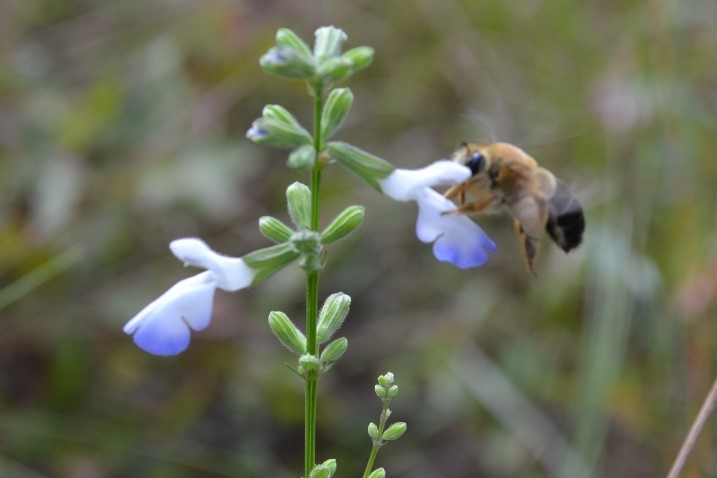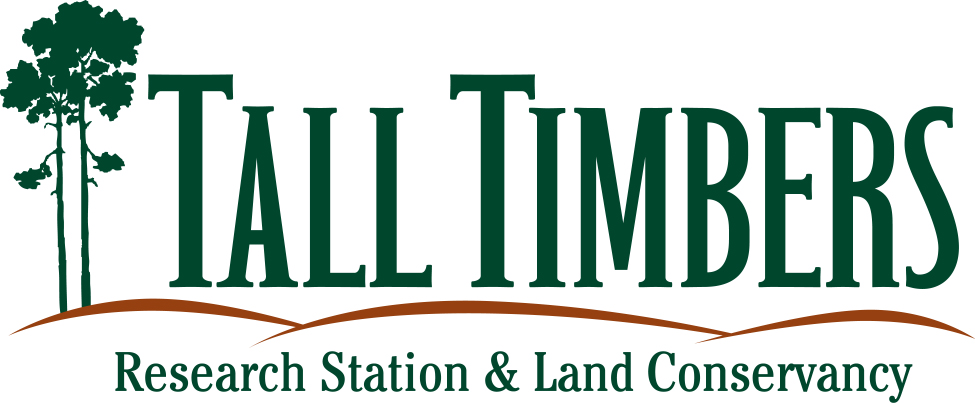Difference between revisions of "Coastal Plain Plants"
Krobertson (talk | contribs) |
Krobertson (talk | contribs) |
||
| Line 1: | Line 1: | ||
| − | '''<span style="font-size: 12pt;">Coastal Plain Plants provides current knowledge about the ecology and life history characteristics of plant species in the southeastern U.S. Coastal Plain with an emphasis on the Greater Red Hills Region of northern Florida and southern Georgia. Content includes published sources and | + | '''<span style="font-size: 12pt;">Coastal Plain Plants provides current knowledge about the ecology and life history characteristics of plant species in the southeastern U.S. Coastal Plain with an emphasis on the Greater Red Hills Region of northern Florida and southern Georgia. Content includes published sources and unpublished information provided by expert contributors in the region.</span>''' |
| Line 9: | Line 9: | ||
==Background== | ==Background== | ||
| − | '''Coastal Plain Plants''' seeks to complement existing plant databases by providing a forum for | + | '''Coastal Plain Plants''' seeks to complement existing plant databases by providing a forum for compiling information on plant species that is mostly but not limited to published literature. A wealth of knowledge is carried by the numerous authors, experts, and enthusiasts who observe, photograph, record, and study the relationship between plants and their environment, including habitat, germination requirements, seed dispersal, pollinators, herbivores, responses to fire, competitive interactions, and other life history characteristics. |
| − | The emphasis of the website | + | The original emphasis of the website was on the portion of the Coastal Plain centered on the Red Hills Region of northern Florida and southwestern Georgia, but it continues to expand into other areas within the southeastern U.S. Coastal Plain from southern Virginia to eastern Texas. The region is a global "diversity hotspot"<ref name=Noss>Noss, R. F., W. J. Platt, B. A. Sorrie, A. S. Weakley, D. B. Means, J. Costanza and R. K. Peet. 2014. How global biodiversity hotspots may go unrecognized: lessons from the North American Coastal Plain. Diversity and Distributions 21:236-244.</ref> with a diversity of natural community types, including clayhill, sandhill, and flatwoods pine communities, upland and ravine hardwood forests, basin swamps, alluvial wetland forests, marshes, coastal scrub, limestone glades, and many others. Species include those ranging from locally endemic to having wide North American and intercontinental distributions. |
Taxonomy follows [http://www.herbarium.unc.edu/flora.htm Weakley], Alan S. (2015) Flora of the Southern and Mid-Atlantic States, University of North Carolina, unless cited otherwise. | Taxonomy follows [http://www.herbarium.unc.edu/flora.htm Weakley], Alan S. (2015) Flora of the Southern and Mid-Atlantic States, University of North Carolina, unless cited otherwise. | ||
Revision as of 19:57, 9 July 2024
Coastal Plain Plants provides current knowledge about the ecology and life history characteristics of plant species in the southeastern U.S. Coastal Plain with an emphasis on the Greater Red Hills Region of northern Florida and southern Georgia. Content includes published sources and unpublished information provided by expert contributors in the region.
Background
Coastal Plain Plants seeks to complement existing plant databases by providing a forum for compiling information on plant species that is mostly but not limited to published literature. A wealth of knowledge is carried by the numerous authors, experts, and enthusiasts who observe, photograph, record, and study the relationship between plants and their environment, including habitat, germination requirements, seed dispersal, pollinators, herbivores, responses to fire, competitive interactions, and other life history characteristics.
The original emphasis of the website was on the portion of the Coastal Plain centered on the Red Hills Region of northern Florida and southwestern Georgia, but it continues to expand into other areas within the southeastern U.S. Coastal Plain from southern Virginia to eastern Texas. The region is a global "diversity hotspot"[1] with a diversity of natural community types, including clayhill, sandhill, and flatwoods pine communities, upland and ravine hardwood forests, basin swamps, alluvial wetland forests, marshes, coastal scrub, limestone glades, and many others. Species include those ranging from locally endemic to having wide North American and intercontinental distributions.
Taxonomy follows Weakley, Alan S. (2015) Flora of the Southern and Mid-Atlantic States, University of North Carolina, unless cited otherwise.
Consider becoming an expert contributor and help add to the knowledge of plants in the region.
Supporting Organizations
- ↑ Noss, R. F., W. J. Platt, B. A. Sorrie, A. S. Weakley, D. B. Means, J. Costanza and R. K. Peet. 2014. How global biodiversity hotspots may go unrecognized: lessons from the North American Coastal Plain. Diversity and Distributions 21:236-244.






